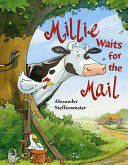
Millie the cow loves to scare the mailman and chase him off the farm, until the mailman comes up with a plan that ends up pleasing everyone.

Millie the cow loves to scare the mailman and chase him off the farm, until the mailman comes up with a plan that ends up pleasing everyone.

Marcolino hates practicing his scales on the piano, but feels he must because he is the reason his mother never became a grand pianist–until his grandfather lets them both in on a little secret.
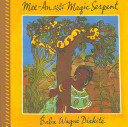
When Assa finds her beautiful sister Mee-An the perfect mate, the two sisters go off to live with him, only to discover that he is not at all what he seems to be.
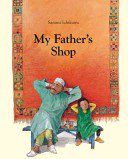
Despite his father’s wishes, a Moroccan carpet seller’s son doesn’t want to learn foreign languages, but when trying to make a rooster crow in a crowded, tourist-filled market, he inadvertently learns how roosters crow in many countries.
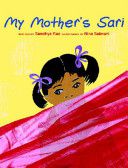
Children in India playfully use their mothers’ beautiful saris as a train, a stage backdrop, a river, a rope, a hiding place, a blanket, or a handkerchief-ultimately, the sari expresses the love of mother and child. Dramatic photographs and acrylics on lightly stylized paper illustrate the simple text. Endpapers demonstrate how to wrap the long sari.
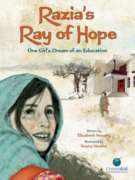
Razia dreams of getting an education, but in her small village in Afghanistan, girls haven’t been allowed to attend school for many years. When a new girls’ school opens in the village, a determined Razia must convince her father and oldest brother that educating her would be best for her, their family and their community.
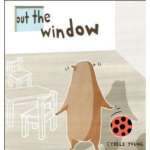
This wordless board book consists of one double-sided, fan-folded page that opens out to reveal a unique bear’s-eye view of the world. Effective use of white space helps depict the initial journey, in contrast with energetic illustrations presenting an alternate view when the leaf is seen in reverse. A simple yet ingenious exploration of perspective.
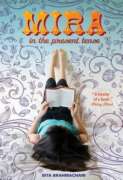
Twelve-year-old Mira comes from a chaotic, artistic, and outspoken family in which it’s not always easy to be heard. As her beloved Nana Josie’s health declines, Mira begins to discover the secrets of those around her and also starts to keep some of her own. She is drawn to mysterious Jide, a boy who is clearly hiding a troubled past. As Mira is experiencing grief for the first time, she is also discovering the wondrous and often mystical world around her.
This book is originally published in the UK as Artichoke Hearts.
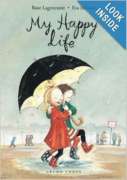
Dani is happy to be starting school and she is even happier when she meets a girl named Ella who becomes her best friend, but something unexpected happens to Dani and Ella’s friendship.
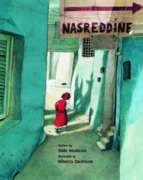
Loosely based on the Middle Eastern folk hero Nasreddine Hodja, in this retelling young Nasreddine learns that, instead of always listening to the advice of others, it is better for one to “decide if what you are hearing is wise, or if it’s only silly and hurtful.” Humorous, earth-toned watercolor illustrations effectively use line, white space, and pacing to offer an authentic Middle Eastern setting.